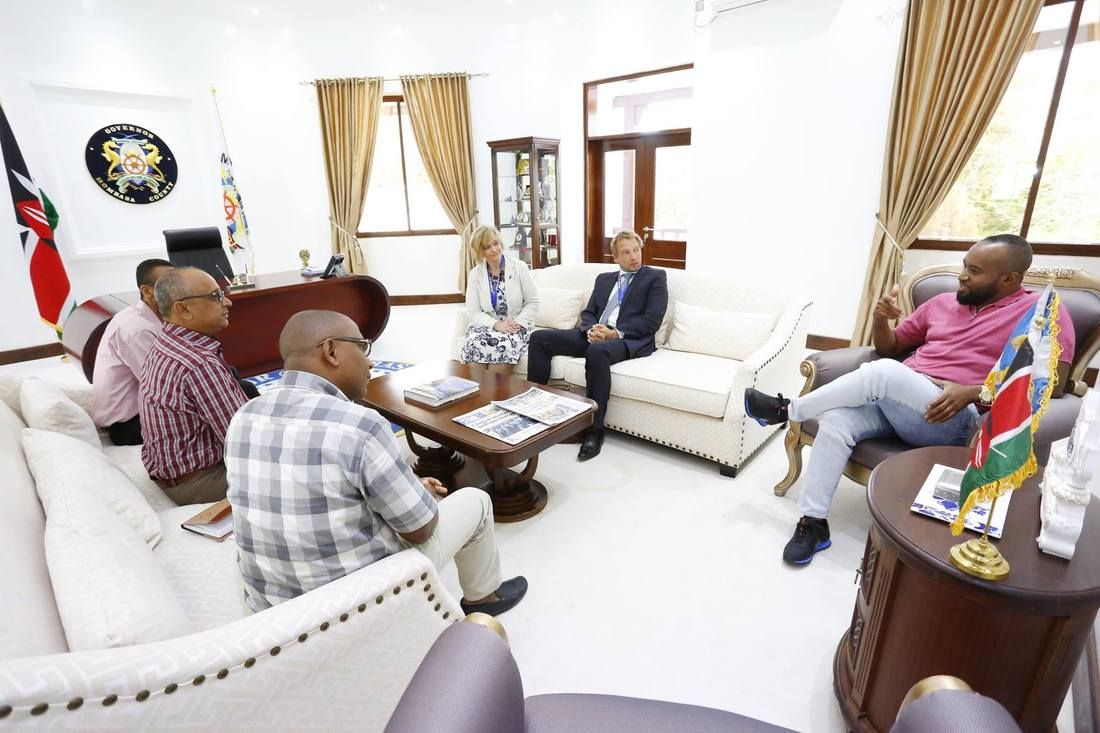On October 4, Reach-U Business Development Director, Rait Raal and Estonian Honorary Consul in Kenya, H. E. Kadri Humal-Ayal had an honor to meet Mombasa Governor, Honourable Ali Hassan Joho and his team in Kenya. The meeting was held to discuss mutual cooperation possibilities and solutions for transforming Mombasa into a Smart City – a project for creating innovative urban environment. City planning, traffic management, smart street lighting and tourism were the main discussion areas.
It was agreed that during October 16-20, Reach-U will carry out a pilot project by mapping, collecting and digitalizing the data from Mombasa streets with its innovative EyeVi technology. EyeVi combines up-to-date 360° panoramic images, LIDAR scanning data and integrates city’s existing spatial database into 3D city environment. During the pilot in Mombasa, information regarding road conditions, businesses and advertisement spaces in the city are collected in order to identify companies that have not paid their annual business license or advertisement space fees. As a result, the gathered data will enable more effective governance and has a direct impact to County’s revenue.
Ülo Säre, CEO of Reach-U commented: „We are thankful for the opportunity to work together with Mombasa County. During the time Reach-U has operated in Africa, Mombasa County has shown the most interest for innovative technologies that improve the services and overall wellbeing in the county for citizens and visitors. As the members of ICT Cluster and Smart City Lab Cluster, we are able to help Mombasa County benefit from the solutions developed by Reach-U and other companies in Estonia. I would like to thank the ICT Cluster and Smart City Lab Cluster for the continuous support and help in this matter.“
EyeVi is a web-based application developed by Reach-U that allows its users to observe city environment, perform measurements, collect data and share information without leaving the office. There has been a strong interest for EyeVi technology in Kenya and numerous possible usages for creating more efficient city governance have been already noted.



